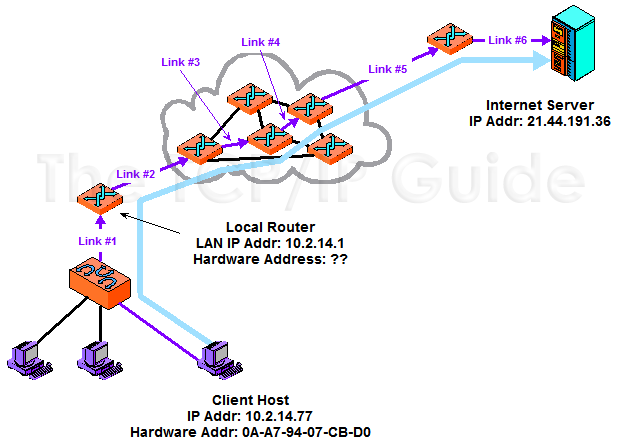 |
|
Please Whitelist This Site?
I know everyone hates ads. But please understand that I am providing premium content for free that takes hundreds of hours of time to research and write. I don't want to go to a pay-only model like some sites, but when more and more people block ads, I end up working for free. And I have a family to support, just like you. :)
If you like The TCP/IP Guide, please consider the download version. It's priced very economically and you can read all of it in a convenient format without ads.
If you want to use this site for free, I'd be grateful if you could add the site to the whitelist for Adblock. To do so, just open the Adblock menu and select "Disable on tcpipguide.com". Or go to the Tools menu and select "Adblock Plus Preferences...". Then click "Add Filter..." at the bottom, and add this string: "@@||tcpipguide.com^$document". Then just click OK.
Thanks for your understanding!
Sincerely, Charles Kozierok
Author and Publisher, The TCP/IP Guide
|
|
|

Custom Search
|
|
The Need For Address Resolution
(Page 1 of 3)
I can imagine that some people might balk at the notion of address resolution and the need for protocols that perform this function. In my chapter on the OSI Reference Model I talked extensively about how the whole point of having conceptual layers was to separate logical functions and allow higher-layer protocols to be hidden from lower-layer details. Given this, why do we need address resolution protocols that tie protocols and layers together?
I did say that layers are distinct, true. However, I also tried to make the point that the OSI Reference Model is exactly that—a model. There are often practicalities that arise that require solutions that don't strictly fit the layer model. When the model doesn't fit reality, the model must yield. And so it is in dealing with the problem of address resolution.
When we consider the seven layers of the OSI Reference Model, there are two that deal with addressing: the data link layer and the network layer. The physical layer is not strictly concerned with addressing at all, only sending at the bit level. The layers above the network layer all work with network layer addresses.
So the next obvious question is: why is addressing is done at two different layers? The answer is that they are very different types of addresses that are used for different purposes. Layer two addresses (such as IEEE 802 MAC addresses) are used for local transmissions between hardware devices that can communicate directly. They are used to implement basic LAN, WLAN and WAN technologies. In contrast, layer three addresses (most commonly Internet Protocol or IP addresses) are used in internetworking, to create the equivalent of a massive “virtual” network at the network layer.
The most important distinction between these types of addresses is the distinction between layers two and three themselves: layer two deals with directly-connected devices (on the same network) while layer three deals with indirectly-connected devices (as well as directly-connected). Say, for example, you want to connect to the Web server at http://www.tcpipguide.com. This is a web site that runs on a server that has an Ethernet card in it for connecting it to its Internet service provider site. However, even if you know its MAC address, you cannot use it to talk directly to this server using the Ethernet card in your home PC, because the devices are on different networks—in fact, they may be on different continents!
Instead, you communicate at layer three, using the Internet Protocol and higher layer protocols such as TCP and HTTP. Your request is routed from your home machine, through a sequence of routers, to the server at The TCP/IP Guide, and the response is routed back to you. The communication is, logically, at layers three and above; you send the request not to the MAC address of the server’s network card, but rather to the server’s IP address.
However, while we can virtually connect devices at layer three, these connections are really conceptual only. When you send a request using IP, it is sent one hop at a time, from one physical network to the next. At each of these hops, an actual transmission occurs at the physical and data link layers. When your request is sent to your local router at layer three, the actual request is encapsulated in a frame using whatever method you physically connect to the router, and passed to it using the router's data link layer address. The same happens for each subsequent step, until finally, the router nearest the destination sends to the destination using its data link (MAC) address. This is illustrated in Figure 44.
|
|
| |||||||||||||||||||
Home - Table Of Contents - Contact Us
The TCP/IP Guide (http://www.TCPIPGuide.com)
Version 3.0 - Version Date: September 20, 2005
© Copyright 2001-2005 Charles M. Kozierok. All Rights Reserved.
Not responsible for any loss resulting from the use of this site.







